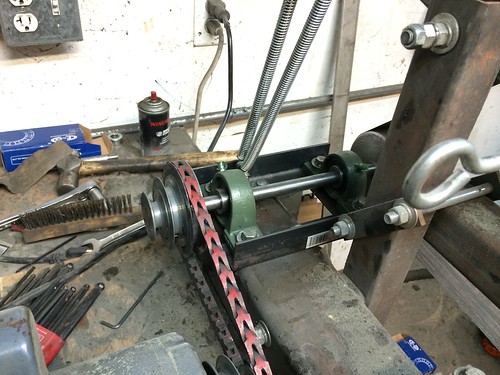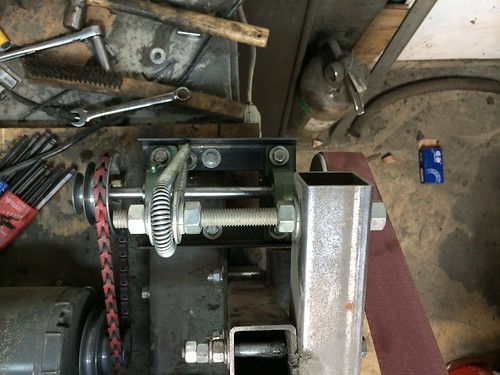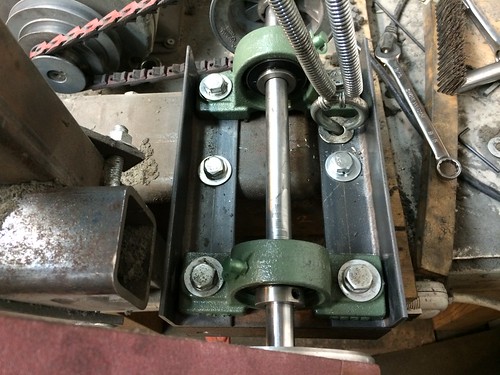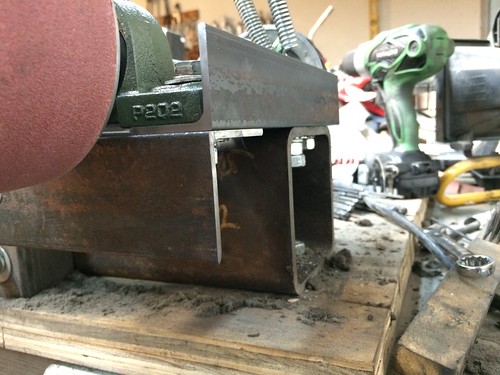Drew Riley
Well-Known Member
:sad:
I think I'm going on about my fourth drive shaft... the first couple I thought were due to the set screws loosening up on the pillow bearings, causing the shaft to groove and start spinning out of center. This time, however, it appeared to develop some wobble and only get worse from there.
I've always been leary of the amount of overhang on the drive wheel side of the pillow blocks when building to drawing spec, so this time, I'm going to widen the pillow block bearings so that that is only an inch or so of overhang on the shaft, for both sheave side AND drive wheel side.
I know I've seen similiar mods to other makers' NWGSs, and I think they were on to something.
Stay tuned.....
I think I'm going on about my fourth drive shaft... the first couple I thought were due to the set screws loosening up on the pillow bearings, causing the shaft to groove and start spinning out of center. This time, however, it appeared to develop some wobble and only get worse from there.
I've always been leary of the amount of overhang on the drive wheel side of the pillow blocks when building to drawing spec, so this time, I'm going to widen the pillow block bearings so that that is only an inch or so of overhang on the shaft, for both sheave side AND drive wheel side.
I know I've seen similiar mods to other makers' NWGSs, and I think they were on to something.
Stay tuned.....





